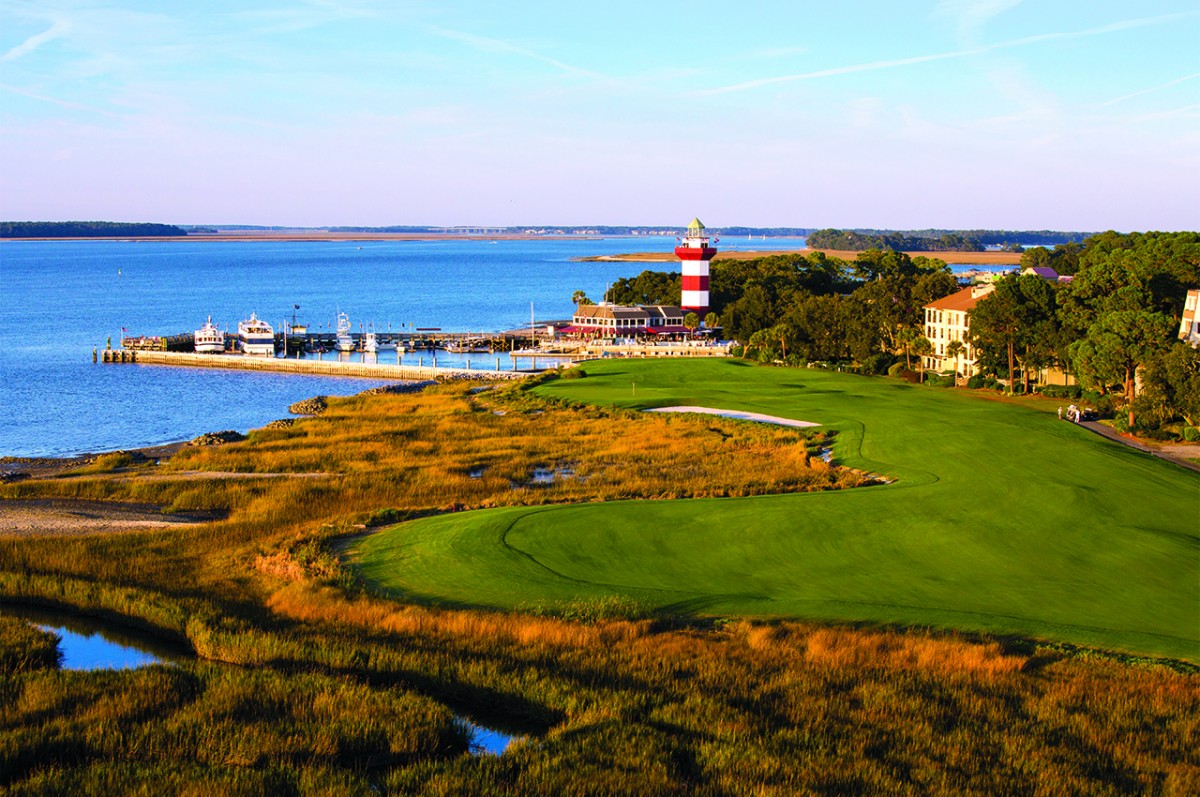One thing is for sure on the shore of Calibogue Sound: Harbour Town Golf Links is a different kinds of golf course, designed by a different kind of course architect.
Pete Dye was still kicking off his design career in 1969 when he laid out Harbour Town at Sea Pines Resort in Hilton Head Island, South Carolina, soon before the course hosted the first of what has become the PGA Tour’s RBC Heritage. Fans surely will recognize the iconic red-and-white lighthouse just beyond the 18th green – that view of water, golf course and lighthouse is one of the most recognizable shots in televised golf each year.
What the cameras can’t capture adequately are the strategic demands of the first 16 holes that amble through a neighborhood and wooded areas. Tall trees block many shots, and it’s entirely possible to smack a tee shot into a fairway but have almost no standard shot toward the green. Pine branches dangle out from all angles on several holes, forcing players to think their way around the course. The Tour players this week better be ready to hit a mix of cuts, draws, high shots and low screamers to the relatively small greens.

Simply put, Harbour Town presents all the strategic challenges a player might expect from Dye (with input from a then-fledgling designer named Jack Nicklaus), just in a tighter package than at some of the famed designer’s other courses.
The course ranks No. 2 in South Carolina on Golfweek’s Best Courses You Can Play list, No. 21 in the United States on Golfweek’s Best Resort Courses list and No. 56 in the U.S. on Golfweek’s Best Modern Courses list for layouts built in or after 1960.
Thanks to yardage books provided by Puttview – the maker of detailed yardage books for more than 30,000 courses around the world – we can see exactly the challenges that players face this week. Check out each hole below.
